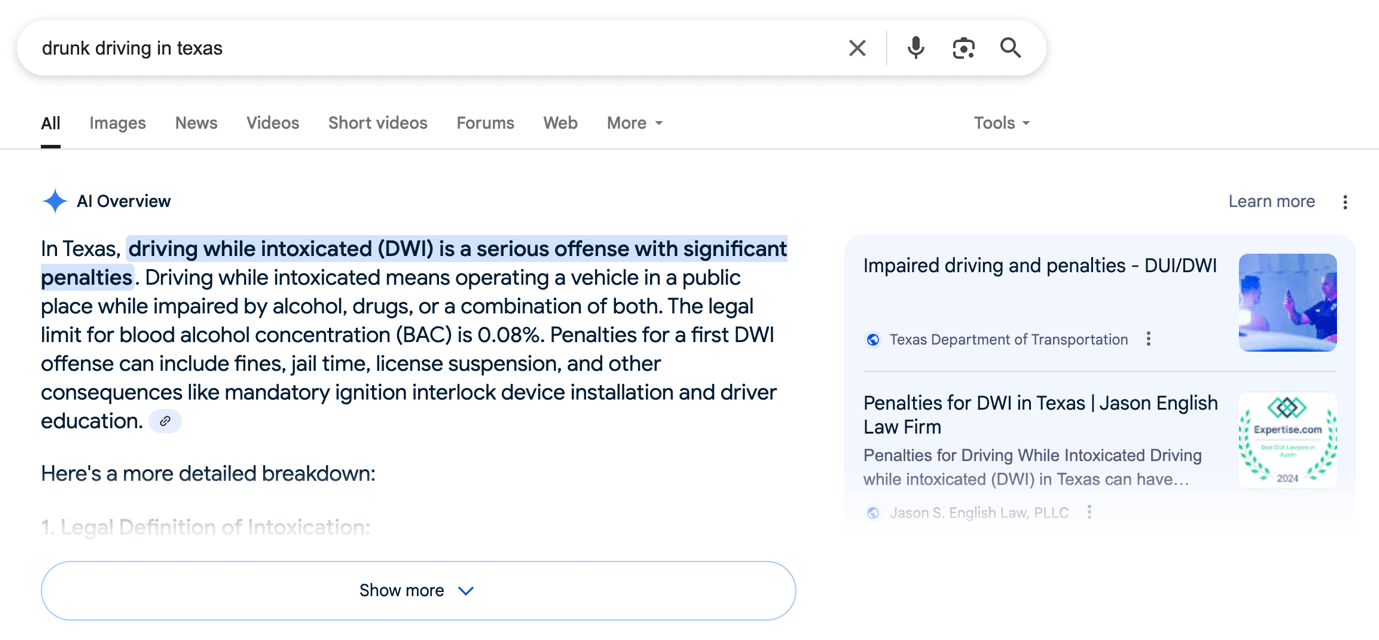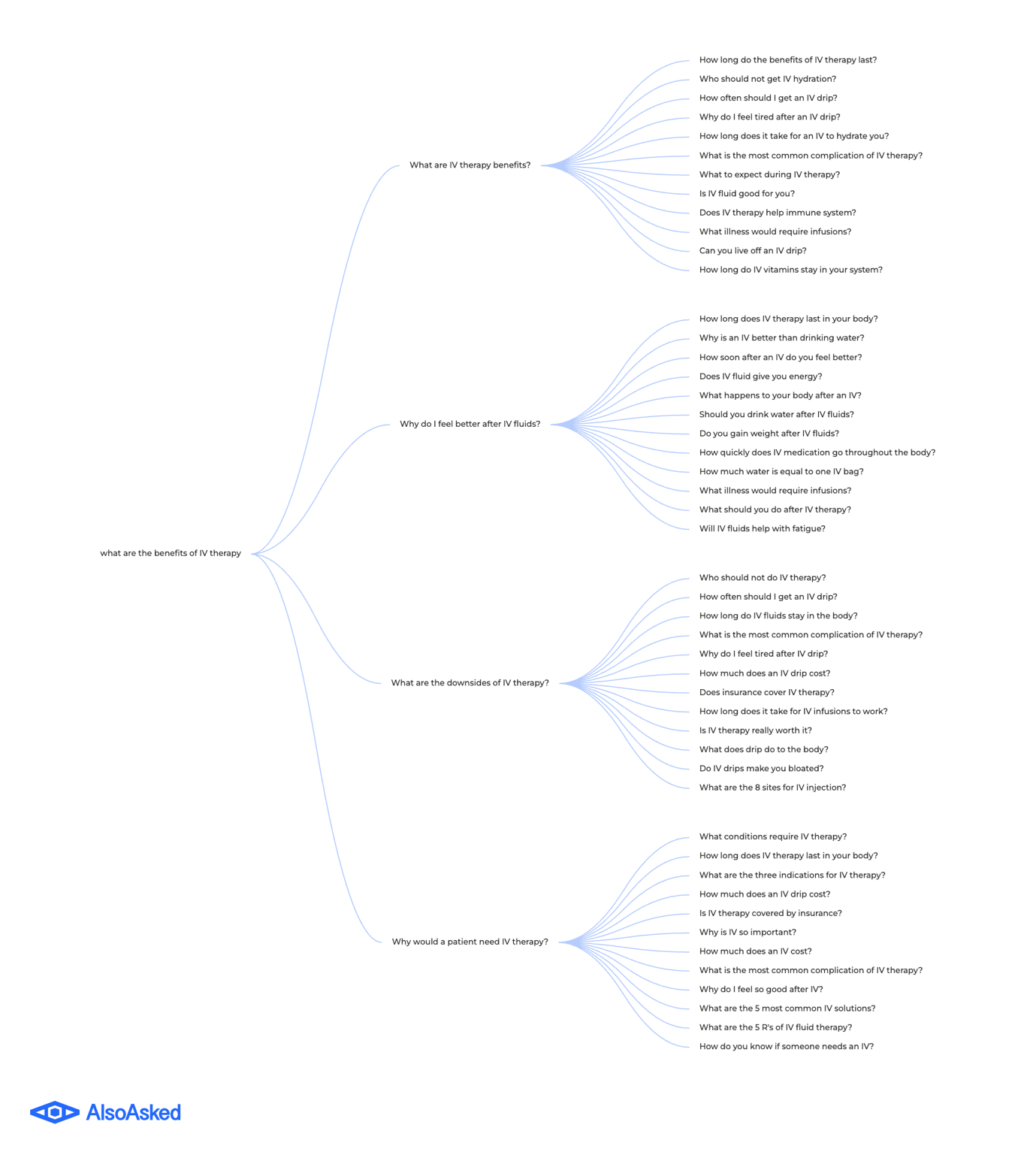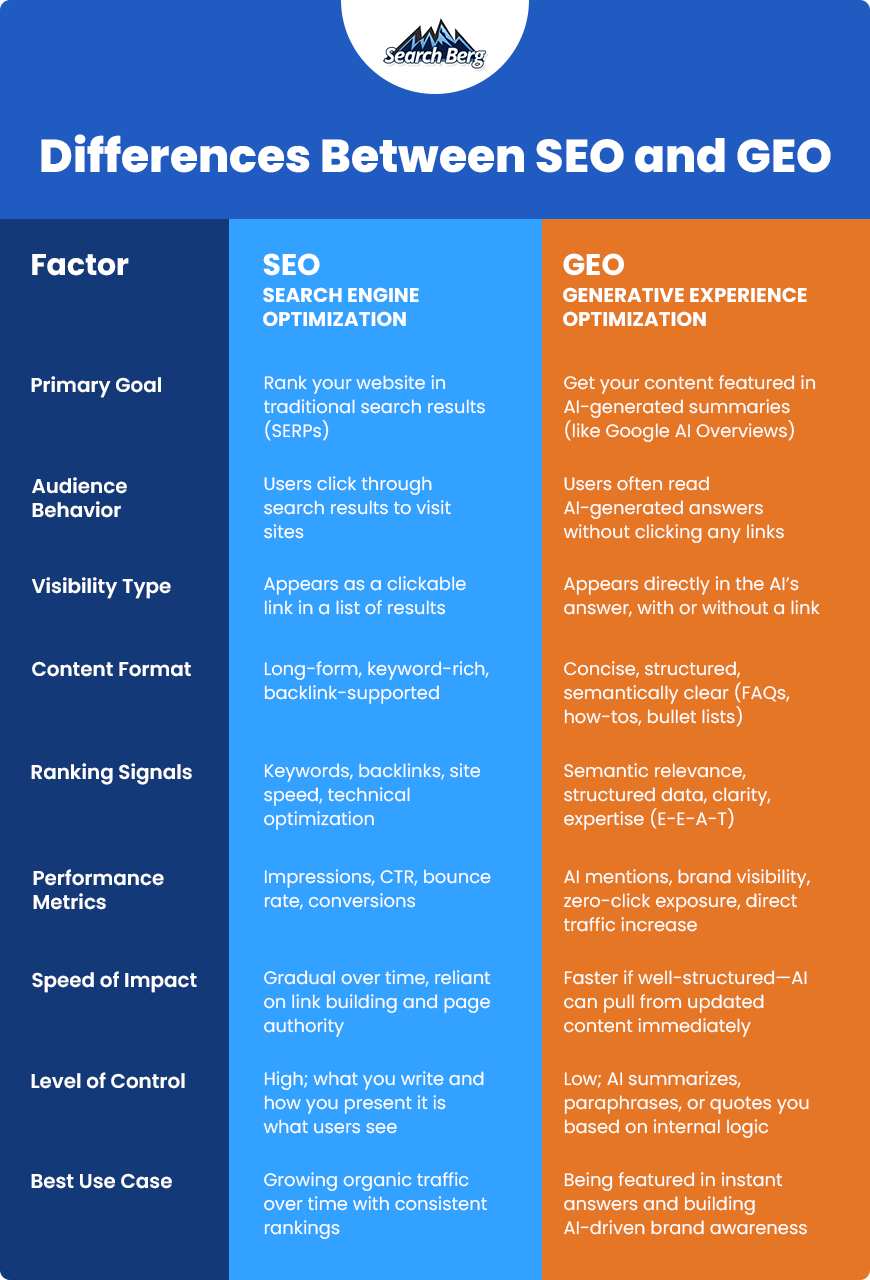GEO vs SEO: What’s the Difference and Which One Should You Prioritize Now?

It’s 2025. You finally feel like you’ve got a grip on SEO, and suddenly everyone’s whispering about GEO like it’s the new messiah of marketing. GEO is popping up in meetings, headlines, strategy decks, and sales pitches. GEO marketing. GEO targeting. GEO this, GEO that.
And you, the savvy small business owner, are wondering: Is this just another buzzword or the next big shift? Should I care? Is this going to cost me? Should I dump my SEO budget and go all-in on GEO? Or is this just another marketing gimmick with a shiny name and no substance?
You’re asking the right questions. And you’re in the right place.
Let’s get into it.
What Is SEO Again (Just So We’re Clear)?
SEO, or search engine optimization, is the OG of online visibility. It’s what you’ve been doing (or trying to do) for years. It’s how you make sure your website shows up when people search on Google, Bing, or any other search engine. That includes ranking for keywords, creating useful content, building backlinks, optimizing site speed, tagging images, fixing technical issues, and all the other things your SEO team swears are “important for the algorithm.”
And they are. SEO is not dead. It’s not going anywhere. It’s just not the only game in town anymore.
Because now there’s GEO.
So What Exactly Is GEO?
GEO stands for generative experience optimization.
And no, it’s not short for geotargeting or geolocation, though that confusion is understandable. In the context of modern search, GEO refers to the strategic process of optimizing your content so that it gets included in AI-generated summaries, particularly those found in platforms like Google’s AI Overviews or Bing’s AI answers.
In the past, your SEO efforts were focused on helping you rank in the top 10 blue links. That game is still happening, but there’s a new field on top of it now. Today, if you search “drunk driving in Texas,” you’re met with a neatly formatted AI-generated answer. You get what you need without scrolling, without clicking.

That’s GEO in action.
You’re not just chasing rankings. You’re striving to become the source that AI chooses to include in its answer. This matters because these summaries are now the first thing users read. In many cases, it’s the only thing they read. GEO helps ensure your content is part of that answer box. If it’s not, it won’t matter how high your page ranks, because users may never even see it.
Why GEO Emerged (And Why It’s Not Just Hype)
Blame AI. Or thank it. But Google, Bing, and other search platforms have been steadily shifting from “Here are ten links you can sort through” to “Here’s the answer you were looking for.” The modern user isn’t just looking for information; they expect it to be distilled, summarized and served up in seconds. Generative AI answers that demand. And the traditional rules of SEO alone don’t cover that space.
According to Google’s own I/O 2024 updates, AI Overviews are rolling out as the default search experience for most users in 2025. This means the first thing users see isn’t a list of clickable websites, but a neatly packaged, AI-generated paragraph pulling together information from what Google deems high-quality sources. And no, it doesn’t always include citations or links. In some cases, it won’t even mention where it got the information unless the source is particularly strong.
Leveraging GEO, you design your content so that AI systems recognize it as valuable, contextually relevant, and structured enough to pull from. You’re not just answering questions. Instead, you’re answering them in the exact way an AI model can understand, repackage, and deliver.
Let’s say you run a small HVAC company in Arlington, Texas. You’ve already invested in SEO: you rank well for keywords like “AC repair Arlington” and “furnace installation near me.” Traditionally, that ranking would drive a steady stream of clicks and leads. But now, when someone searches “Why is my AC leaking water?” the top of the search page isn’t just a list of websites. It’s a Google AI Overview explaining possible causes (clogged drain lines, dirty air filters, or low refrigerant) summarized in two neat paragraphs.
If your website includes a clearly structured blog post with an H2 titled “Why Your Air Conditioner Is Leaking”, followed by a concise bullet list, diagnostic tips, and an expert quote from your lead technician, Google may pull directly from your content. Your brand could be mentioned in the AI summary, or your advice could be paraphrased, even if your link isn’t clicked.
Meanwhile, your competitor who wrote a vague, unformatted 1,500-word post buried in fluff? Ignored.
That’s the difference GEO makes. It ensures your expertise isn’t just published, it’s used. In a world where clicks are optional, being featured in the answer is how small businesses win trust, visibility, and customers.
Learn More: The Role of AI in Modern SEO Strategies
A Breakdown of the Differences Between SEO and GEO
So now you’re thinking, “Alright, I get the gist. SEO ranks pages, GEO gets you into AI answers. But how different are they really? Can I just tweak my SEO strategy a bit and call it a day?”
Not quite. While GEO builds on the foundations of SEO, it requires a different way of thinking about visibility, structure, and how users consume information. The way content is found, processed, and used by AI is changing, and if your content isn’t built to be machine-digestible and context-aware, you’re sitting on the sidelines while someone else gets the spotlight.
Let’s dig deeper and compare the two, side by side, line by line, so you can see where the lines blur, where they divide, and how to apply both strategically.
1. Search Result Placement
With SEO, your goal is to rank (ideally in the top three organic results) for a target keyword. You’re striving for visibility in a clickable format. A good meta title, a gripping meta description, and a clean URL help increase your CTR (click-through rate).
With GEO, your content doesn’t just sit on the page; it becomes the page. AI Overviews don’t list your website; they mine your content, paraphrase it, and weave it into a summary. If you’re mentioned by name, even better. But you may not get a link, and you won’t control how your content is displayed. This isn’t about being clicked; it’s about being trusted enough to be cited by an AI system as part of the answer.
And in 2025, that’s where user’s eyes land first.
2. Content Structure
SEO rewards comprehensive, long-form content that keeps users on-page. Think guides, pillar pages, ultimate lists, and 2,000-word blog posts that go deep into a topic.
GEO, on the other hand, favors clarity, structure, and skimmability. Length doesn’t matter;format does.
AI models don’t have time to sift through fluff. They’re looking for:
- Clear headings (especially questions)
- Concise answers (preferably in bullet points or short paragraphs)
- Definitions, comparisons, and step-by-step guides
- Embedded expert quotes or data points
Here’s a quick example. Let’s say you run a pest control company.
SEO-Style Content:
“Rodent infestations can cause damage to insulation, electrical wiring, and even lead to health issues. It is important to recognize signs such as droppings, scratching noises, and chewed packaging…” This goes on for 800 more words.
GEO-Style Content:
Q: How do I know if I have a rodent problem?
- Scratching sounds in walls at night
- Droppings in kitchen cabinets or under sinks
- Chewed food packaging or wires
See the difference? One informs. The other answers. And AI prefers answers.
3. Optimization Approach
Traditional SEO is built around keywords: head terms, long-tails, LSI keywords, etc. You research what people search for, and you create pages to match.
GEO, by contrast, focuses on semantic relevance and context. Instead of asking, “How do I rank for ‘home renovation Houston’?”, you ask, “What questions are people asking about home renovation, and how can I structure my content to answer them clearly?”
GEO content thrives when it anticipates the intent behind a query and provides a direct, well-organized, human-sounding response.
Yes, you still want to include keywords, but they play a supporting role now, not the lead.
4. Success Metrics
This one’s important.
In SEO, success is measured by impressions, clicks, average position, bounce rate, and conversions from organic search.
In GEO, your performance often flies under the radar. Why? Because you may appear in AI summaries without getting clicks. You’re part of the answer, but users never visit your site. Your name might be there, or not. Your insight might be paraphrased. That doesn’t mean you failed; it means you made the cut.
GEO success looks like this:
- Branded search volume increasing (users saw you and Googled your business directly)
- Mentions in AI Overviews(manual tracking or using tools like Perplexity, Bing, and SGE preview)
- Direct traffic bumps
- Leads citing search visibility even without visiting a page
If you’re measuring GEO with click data alone, you’re missing the point.
5. Content Tools
When working on SEO, you’re probably using online tools for keyword tracking, site audits, and Google Search Console for traffic data.
When working on GEO, you add another layer:
- Schema markup generators to feed structured data to Google
- AnswerThePublic or AlsoAsked to mine natural-language questions
- AI preview tools (like ChatGPT, SGE Preview, Bing Chat) to test how your content is surfaced
- Structured formatting tools (think bullet lists, table templates, and FAQ blocks)
With GEO, you’re not abandoning your SEO toolkit. Instead, you’re expanding it to include tools built for the AI age. These tools help you think beyond keywords and start optimizing for questions, structured data, and contextual formatting, all elements AI platforms thrive on. GEO-driven content anticipates what users will ask rather than just what they’ll search. That means the format, tone, and question structure of your content play just as big a role as the target keyword.
This is where tools like AnswerThePublic and AlsoAsked shine. Let’s say you’re a local wellness clinic offering IV therapy. Typing “IV therapy” into AnswerThePublic returns a wheel of real user questions like “Is IV therapy safe,” “What does IV therapy do,” or “How often should you get IV therapy.”
Here’s what this looks like:

With AlsoAsked, you can drill deeper by following the branching logic of Google’s “People Also Ask” feature. For instance, start with “What are the benefits of IV therapy,” and AlsoAsked might return follow-up questions like “How long does it take to feel IV therapy effects” and “Does IV therapy actually work?”
Something like this:

This insight allows you to write content that mirrors the real conversational paths people take in AI-powered search. Instead of guessing what your audience may ask, you’re responding to what they already are. And when that content is formatted in a clean, AI-friendly structure (FAQs, bullet lists, clear headings), it’s more likely to be pulled into AI snapshots, voice assistants, and smart search previews.
That’s the core of GEO: writing smarter, not louder.
6. Search Behavior Compatibility
Another major shift: the user is changing.
SEO caters to users who scroll, skim, and click multiple links. They compare pages, read blogs, and do deep research.
GEO caters to users who want one answer now. They trust the AI summary to do the legwork for them. In 2025, that’s most users, especially on mobile.
GEO-optimized businesses accept this. They don’t try to fight the AI format. They feed it, then claim their spot in the summary box.
7. Speed of Impact
Traditional SEO is a long game. You publish, wait weeks or months, build links, refine content, and gradually climb the ranks.
GEO has a much faster impact if your content is well-structured. Google’s AI Overviews are constantly evaluating and testing new sources. A well-formatted blog update or FAQ section can get picked up in summaries almost instantly.
This means small businesses have an opening. While big brands drag their feet adapting content formats, local businesses that publish smart, answer-based content can leapfrog into the AI spotlight.
Say you’re a small law firm in Fort Worth. You’ve had an old blog titled “What to Do After a Car Accident in Texas” sitting on your site since 2019. It still ranks, but it’s buried under newer posts from bigger firms. Now, you rewrite it GEO-style: turn the subheadings into questions, add bullet-pointed steps, update the law changes from 2023, and include a brief quote from your lead attorney.
Within days, when someone types “steps to take after a car accident in Texas,” your new content starts showing up in Google’s AI Overview, even if your traditional ranking hasn’t changed. You didn’t need a huge budget, just better formatting.
That’s the GEO advantage: quicker visibility, faster results, and a rare chance for small businesses to outpace slower-moving giants who still think 2,000 words of fluff is strategy.
8. Risk and Control
With SEO, your rankings may fluctuate, but you own your page. You can optimize titles, refine meta descriptions, and control what shows up in search results.
With GEO, AI is in charge. It decides:
- Whether to use your content
- How to display it
- Whether to cite you by name
- Whether to link to you at all
You can influence it. But you can’t control it.
This is why both matter. SEO gives you a solid foundation. GEO gives you access to the top tier of user visibility. Ignore either, and you risk falling out of the conversation entirely.
Can You Summarize the Differences Between SEO and GEO for My Small Business?

What’s the Best Way to Combine GEO with SEO?
You don’t need to scrap your current SEO strategy to start optimizing for GEO. In fact, the smartest thing you can do is layer GEO on top of SEO, using your existing structure as a base and enhancing it to meet the demands of AI-generated search experiences.
1. Start with Strong Technical SEO
Before you even think about AI visibility, your site needs to be solid under the hood. That means:
- Fast load speeds
- Mobile responsiveness
- Proper indexing
- Clean URL structure
- No broken links or crawl errors
If search engines can’t crawl and understand your pages, they can’t use them in generative answers. GEO relies on accessibility, so technical SEO is your first non-negotiable.
2. Build Keyword-Rich, High-Quality Content
SEO still needs its basics: pages that target relevant keywords and deliver real value.
Your service pages, location pages, and blogs should all be built with:
- Clear keywords and semantic variations
- Internal links to related topics
- Optimized headers (H1s, H2s)
- Descriptive meta tags
This helps establish your authority and makes sure your content ranks where it should.
Recommended Read: The Role of Quality Content in Guaranteed SEO
3. Add Structure for GEO Readability
Here’s where you start to shift gears.
To make your content GEO-friendly:
- Break long paragraphs into short, digestible sections
- Add FAQ blocks under key service pages
- Use bullet points and numbered lists where possible
- Include question-based subheadings like “What causes AC leaks?” or “How much does pest control cost in Fort Worth?”
- Embed original insight or expert quotes; AI models love authoritative input
Think of it as formatting your content for the AI to read, not just your human visitor.
4. Use Schema Markup (Seriously, Use It)
Schema is how you talk directly to Google in its own language. Implement schema types like:
- FAQ Page
- How To
- Local Business
- Product
- Review
This structured data makes it easier for Google to understand your content hierarchy and pull answers confidently. Reach out to Search Berg’s website optimization team to set this up.
5. Keep Content Fresh and Specific
GEO visibility favors current and clearly written content. Update old blog posts to include better formatting and more specific, localized insight. Remove fluff. Add updated stats or examples. Refresh your answers to align with what people are asking now.
Example: Let’s say you’re a roofer in San Antonio. Instead of a generic blog on “roof repair tips,” rework it as:
Q: How long does a roof replacement take in San Antonio?
A: On average, a full roof replacement in San Antonio takes 2–4 days, depending on the material, crew size, and weather conditions.
This is GEO-ready: question-based, precise, local, and useful.
6. Test and Monitor Both Angles
SEO metrics will still come.
For GEO, monitor:
- How your content appears in AI Overviews
- Brand mentions in summaries
- Changes in direct traffic or branded search
Use tools like Perplexity.ai or Google’s SGE preview to search your key questions and see who gets featured. If it’s not you, revise until it is.
Combining GEO and SEO isn’t a one-time switch; it’s an ongoing upgrade. Treat SEO as your anchor, and GEO as your amplifier. Together, they’ll give your business visibility where it counts: in clicks and in answers.
Can Search Berg Help Me?
Yes, and not in the vague, hand-wavy way some agencies claim. At Search Berg, we’ve spent over a decade helping small businesses climb search rankings, build authority, and turn traffic into revenue. But we’ve never just followed the status quo. As search engines evolve, so do we. That’s why our SEO services are built with GEO sensibilities baked in.
Our goal is to build your website to be the answer, the one Google’s AI Overviews pull from, the one users trust at first glance, the one that shows up whether someone clicks or not. That means everything we do, from technical audits to blog content to on-page optimization, is structured to make your business both discoverable and summarizable.
We write with AI readability in mind: clean structure, direct answers, expert-backed content, and schema markup that makes sense to machines and humans alike. Every keyword we target is part of a bigger intent framework. Every service page we create is designed not just to rank, but to explain, clarify, and guide users in the way modern search demands.
And because we work almost exclusively with small and mid-sized businesses, we know how to tailor this strategy for limited budgets and real-world goals. We chase visibility that actually converts, whether that’s a lead from a high-ranking FAQ or a customer who never clicked, but remembered your brand from an AI-generated summary.
If you’re trying to figure out how to move forward in a search world that no longer plays by the old rules, we’re the partner that already saw the shift coming and built a process around it. You don’t need more SEO noise. You need a team that can make you visible where visibility now lives. At Search Berg, that’s exactly what we do.
Ready to stop optimizing for yesterday’s search engine and start showing up in tomorrow’s answers? Let’s talk. Your free, no-commitment consultation is just one smart decision away.
Frequently Asked Questions (FAQs)
What’s the main difference between GEO and SEO?
SEO helps your website rank in traditional search results, while GEO helps your content appear inside AI-generated summaries like Google’s AI Overviews. SEO gets you listed. GEO gets you quoted.
Do I have to choose between GEO and SEO?
Not at all. You need both. SEO builds the foundation that makes your content discoverable. GEO ensures that content is usable by AI. Think of SEO as the engine, and GEO as the GPS that gets you where visibility happens.
Can my existing SEO content be repurposed for GEO?
Yes, and it should be. A lot of your current blogs and service pages can become GEO-ready with better structure, question-style headers, bullet points, and schema markup. No need to start from scratch.
How do I know if my content is showing up in AI Overviews?
Right now, tracking is part strategy, part sleuthing. You can test common questions using tools like Google SGE preview, Perplexity.ai, Bing Chat, or even ChatGPT with browsing. Look for branded mentions and changes in direct traffic too.
Will GEO hurt my SEO rankings?
Done right, it actually improves them. Better formatting, clearer structure, and updated content help with both AI visibility and traditional SEO. They’re complementary, not conflicting.
Does GEO work for all industries, or just certain niches?
GEO benefits any industry where users ask questions, so basically all of them. Whether you’re a roofer, a lawyer, a dentist, or an eCommerce brand, if people search for what you do, GEO matters.
How long does it take to see results from GEO?
GEO can move faster than traditional SEO. While SEO may take months to climb rankings, GEO-friendly content can be picked up in AI summaries within days if it’s structured well and answers specific queries. That said, consistent updates and monitoring are key.
What’s the biggest mistake people make when trying to implement GEO?
Writing for bots instead of people. If your content sounds robotic or overly stuffed with schema, it won’t resonate with users, or with AI models trained to mimic human language. Keep it natural, clean, and genuinely helpful.
Will GEO strategies still matter in the future or is this just a trend?
This isn’t a trend; it’s the direction the search is headed. As AI-generated answers become the norm, optimizing your content for those formats is only going to become more essential. GEO isn’t a temporary tactic, it’s the new standard for visibility.
Is GEO only useful for Google, or does it apply to Bing and other platforms too?
GEO principles apply across the board. Bing, ChatGPT, Perplexity.ai, and other platforms all rely on generative models that prefer structured, well-formatted content. Optimizing for Google’s AI Overviews sets you up to win across multiple AI-powered search tools.
Get Your Free GEO-Focused SEO Consultation
Tired of playing hide-and-seek with search engines while your competitors show up in shiny AI answer boxes? Let’s fix that. Get in touch with Search Berg today for a free consultation. We’ll analyze your site, decode your visibility gaps, and give you a GEO-savvy SEO roadmap that actually works in 2025.
No spam, just expert advice!












